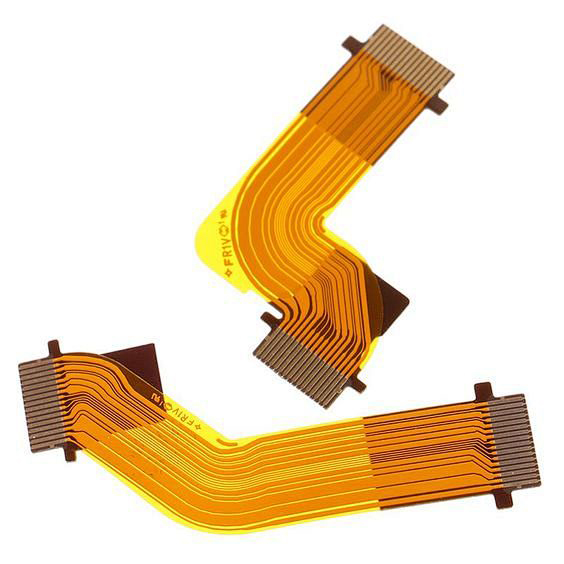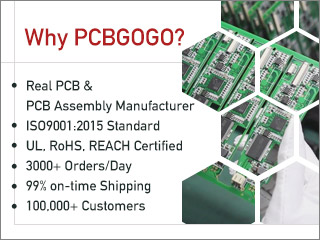The Infinite Possibilities of Flexible PCBs in Emerging Application Scenarios
In the dynamic electronics field, flexible printed circuit boards (flexible PCBs) have become a transformative force, driving revolutionary changes in electronic device design and functionality. Their flexibility, lightweight nature, and high reliability make them ideal for emerging applications, unlocking vast potential.
1. The Rise of Flexible PCBs
Made from materials like polyimide, flexible PCBs can bend, twist, and conform to shapes, enabling compact, ergonomic device designs. Unlike rigid PCBs, they offer greater design freedom for space-constrained or complex-geometry scenarios. Advanced inspection, such as Automated X-ray Inspection (AXI), ensures quality by detecting inter-layer defects, securing reliability.

2. Emerging Application Scenarios
2.1 Wearable Technology
Booming wearable tech relies on flexible PCBs for comfortable, functional devices. In smartwatches, they connect displays, sensors, and batteries, enabling lightweight, wrist-friendly designs that withstand constant movement without performance issues.
2.2 Foldable and Rollable Displays
These innovative displays depend on flexible PCBs for electrical connections between panels and circuits. Their stretchability allows seamless folding/unfolding while maintaining high-speed data and power transfer. Due to high circuit density, Automated X-ray Inspection (AXI) is critical for checking internal circuit integrity.
2.3 Automotive Electronics
In electric vehicles (EVs) and advanced driver-assistance systems (ADAS), flexible PCBs are essential. They reduce vehicle weight, boost efficiency in EV battery management and motor control, and enable sensor/processor integration for real-time ADAS decision-making.
2.4 Medical Devices
Flexible PCBs excel in medical gear: connecting components in wearable health monitors for vital sign tracking, and providing biocompatible solutions in implants like pacemakers, conforming to body shapes for long-term use.
3. Industry Status and Trends
3.1 Technological Progress
Advances in materials (better flexibility, conductivity) and manufacturing (laser imaging, additive processes) enhance flexible PCB performance. Integrating sensors/actuators paves the way for smart, multifunctional devices.
3.2 Market Growth
Driven by emerging needs, the global flexible PCB market is projected to reach $18.4 billion by 2025 (7.6% CAGR 2020–2025, Prismark). Asia-Pacific leads, with PCBgogo increasing investment in R&D and production to capitalize on this growth.
3.3 Challenges and Opportunities
High manufacturing costs and durability needs pose challenges, but innovation in processes/materials offers solutions. PCBgogo and peers optimize production to balance quality and cost, while rising demand creates new product and market opportunities.
4. Conclusion
As a PCB industry leader, PCBgogo pioneers flexible PCB innovation. We use technologies like Automated X-ray Inspection (AXI) to develop high-quality, reliable flexible PCBs for wearables, foldable displays, automotive, and medical fields.
We craft custom solutions for seamless connectivity in wearables and optimized performance for foldable displays, meeting strict reliability standards in automotive and medical applications.
Looking forward, PCBgogo will keep investing in R&D, collaborating to explore new flexible PCB applications, and helping clients unlock their potential to drive electronics industry innovation.


